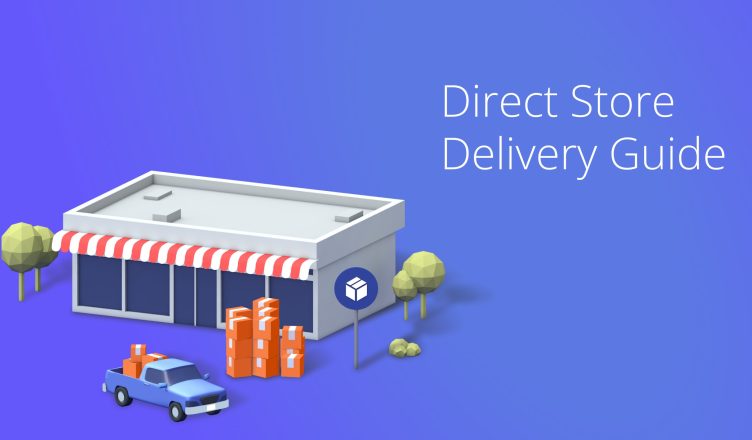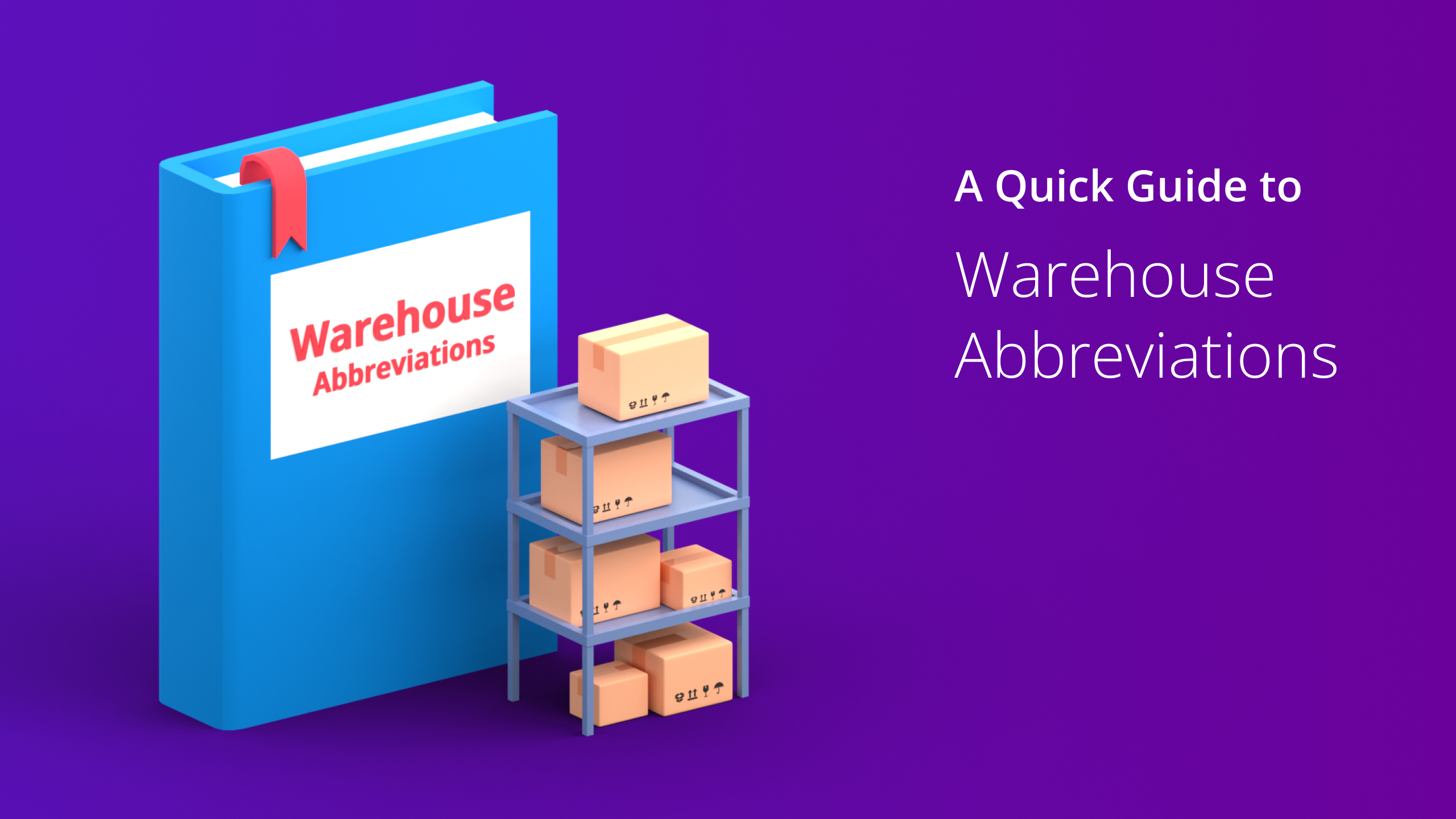Direct Store Delivery (DSD) is gaining popularity among many retailers.
Firstly, running a strictly retail business has become more complicated and less profitable.
Secondly, the competition has become fierce. Therefore, many companies must explore new ways to gain a competitive advantage.
Reducing expenses and inventory in the supply chain, shortening delivery cycles, and responding to demand faster are just some of the ways retailers are trying to improve.
This leads the suppliers to shift from multi-stage distribution systems to the DSD Model.
First, what is DSD exactly?
What are its advantages and disadvantages?
How can you use it to your benefit in 2024?
We discuss all this below.
Table of Contents
What Is Direct Store Delivery (DSD)?
Direct Store Delivery is a distribution model that refers to delivering items from manufacturers or suppliers directly to the retail store, bypassing warehouses or distribution centers.
DSD is an alternative distribution model for centralized distribution. Retailers don’t need to maintain warehouses. They can increase their bottom line by reducing the labor required for replenishment and warehouse maintenance costs.
Multi-Stop Route Planner App
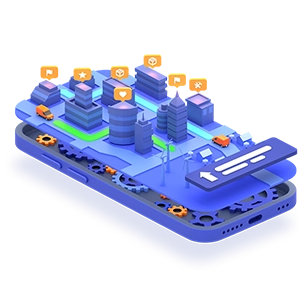
Who is the Direct Store Delivery (DSD) Model Suitable for?
The Direct Store Delivery model is particularly suited for smaller retail shops requiring frequent replenishment and companies needing tight product delivery windows. For example, convenience stores, drug stores, and gas stations. DSD
can also be a boon for retailers selling perishable goods.
Due to DSD, reduced labor and warehouse maintenance costs help provide customers with products as per their evolving tastes and needs.
The DSD model is also suitable for retailers with high consumer demand for high-velocity products and frequent replenishment needs.
Direct Store Delivery vs. Distribution Centers
The DSD model enables retailers to procure products directly from the supplier. It is the supplier that carries out almost all the work in the supply chain, including:
- Checking the inventory
- Stock ordering
- Pallet unpacking
- Shelf space assigning
- Removal of outdated or expired stocks
- Setting up promotional displays
- Pricing display
The DSD Direct Store Delivery model enables manufacturers to ship their products directly to the retailer or location through a distributor. This model is significantly different from the traditional Centralized Distribution model. In the centralized system, the supplier ships inventory to a central location.
Products are kept in a warehouse or distribution center. The retailer orders the merchandise from the warehouse, and products are shipped to the retailer from the warehouse.
Retailers hold all of the responsibilities in the centralized distribution model. With a DSD model, the manufacturer has the responsibility.
The Advantages of the Direct Store Delivery Model
The DSD model comes with many advantages.
Faster Delivery of Products to Retail Shops
The DSD system bypasses the warehouses and distribution centers. This bypass saves time and results in better products and services for consumers. The Direct Store Delivery model is a valuable strategy for retailers that quickly make certain products available.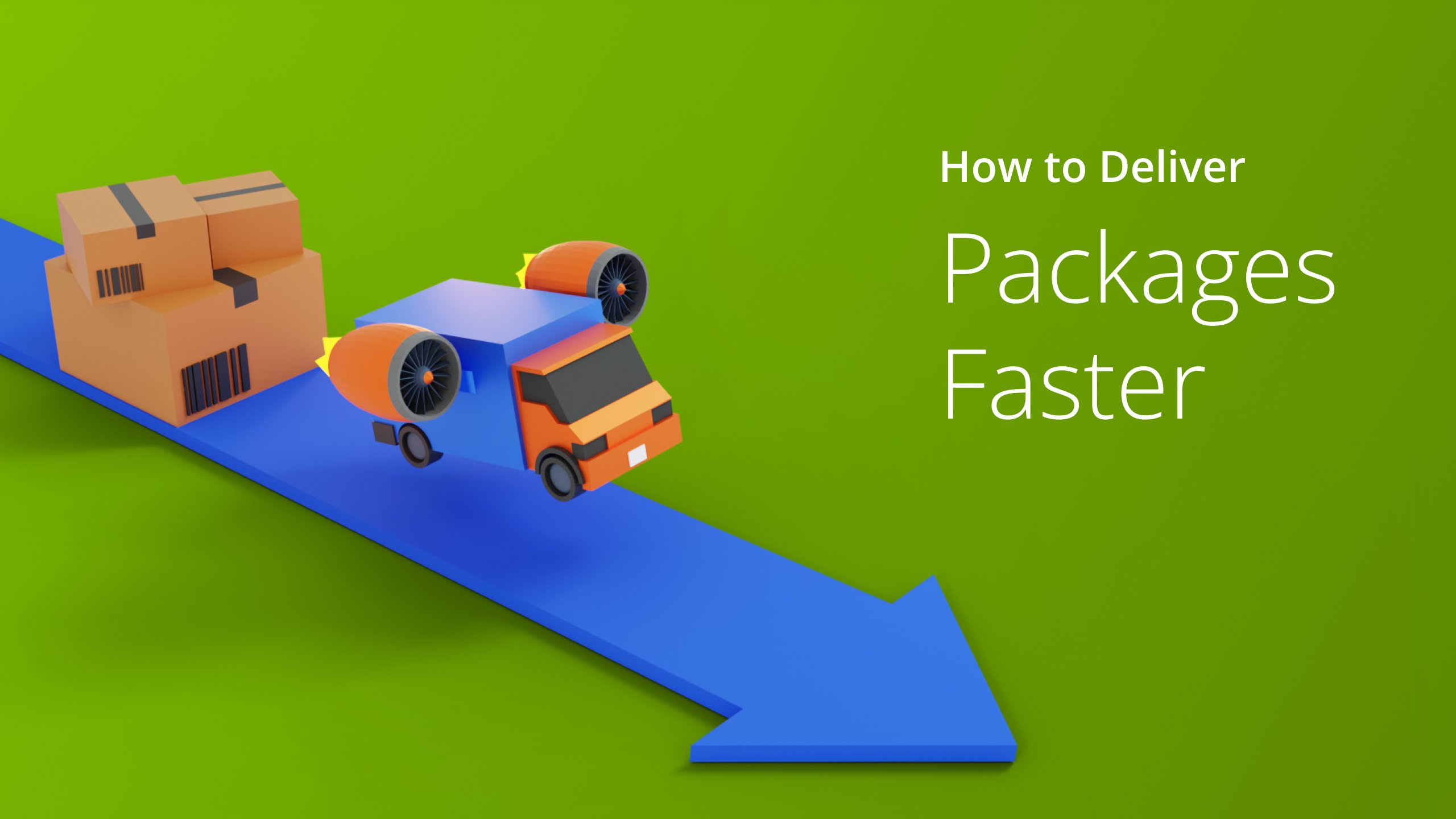
More Effective Shipping of Fragile or Short Shelf Life Goods
The Direct Store Delivery (DSD) model is more effective for large, fragile, or lightweight products.
Therefore, manufacturers can maintain greater control of their supply chain and handling of products. This control reduces breakage.
The DSD model reduces the time a fragile product spends in the supply chain. So they reach the shelves of the retail shops more quickly.
Reduced Labor Costs
Fast-moving grocery items and other products with low margins don’t give retailers an adequate margin to spend lots of labor.
Retailers that have to employ more people for order management will not find DSD cost-effective.
Grocery and other retail stores can boost their bottom line, serve customers better, and focus on higher-margin goods.
For instance, they can directly delegate the reordering and stocking of high-turnover items to the manufacturers or distributors. Above all, that’s how DSD reduces labor costs.
In conclusion, store labor costs can be saved by around 25% using the direct to store delivery model.
How Can You Implement a Direct Store Delivery Model?
If you want to shift to a DSD model, remember it’s not a one-size-fits-all approach. You must make several changes and take up several vital steps for your business. These include the following:
Create a Demand Profile
Analyze your sales data thoroughly to identify what type of retailers you are doing business with and how much order volume they generate.
If, for instance, you find a product with high demand and a high replenishment rate, that could be a good fit for Direct Store Delivery.
Work on Your Sales Approach
Assess your sales reps and their process and identify the best way to manage the sales process.
Plan Well-Optimized Routes
You should plan well-optimized routes to meet customer demands. Therefore, you should use a delivery route planner.
The best route planners, like Route4Me, can help you plan a route with multiple stops.
With Route4Me’s multi-stop route planner app, you’ll know:
- How to deliver more products with fewer vehicles
- How many routes should you create per vehicle per driver, considering your vehicles’ carrying and loading capacity
- The most cost-effective sequence to visit and service all your retailers
- How to account for your retailers’ availability time windows and minimize the wait time
- How to comply with your DSD state regulations
Want To See For Yourself How Route4Me Can Help Optimize Routes?

Route4Me’s last-mile optimization solution can import thousands of store addresses. In addition, it will automatically output the optimal number of best-sequenced routes for all the available drivers.
The last-mile app also factors in weight, volume, maximum stops per route, maximum route duration, time windows, and more. So, you don’t need to worry about accuracy or optimization. And once planned and optimized, you can manually or automatically assign drivers and vehicles to your routes.
Moreover, Route4Me will tell you how many drivers and vehicles you need to complete all deliveries, helping you identify unnecessary expenses. Route4Me’s route optimizer software can help you with single and multiple depot DSD routing.
Route4Me’s route optimizer software can help you with single and multiple depot DSD routing.
Above all, Route4Me’s vehicle routing software comes with a territory-based route planning feature. It helps you split large numbers of addresses into optimal geographical territories. And you can plan optimized routes with different business rules within each store territory.
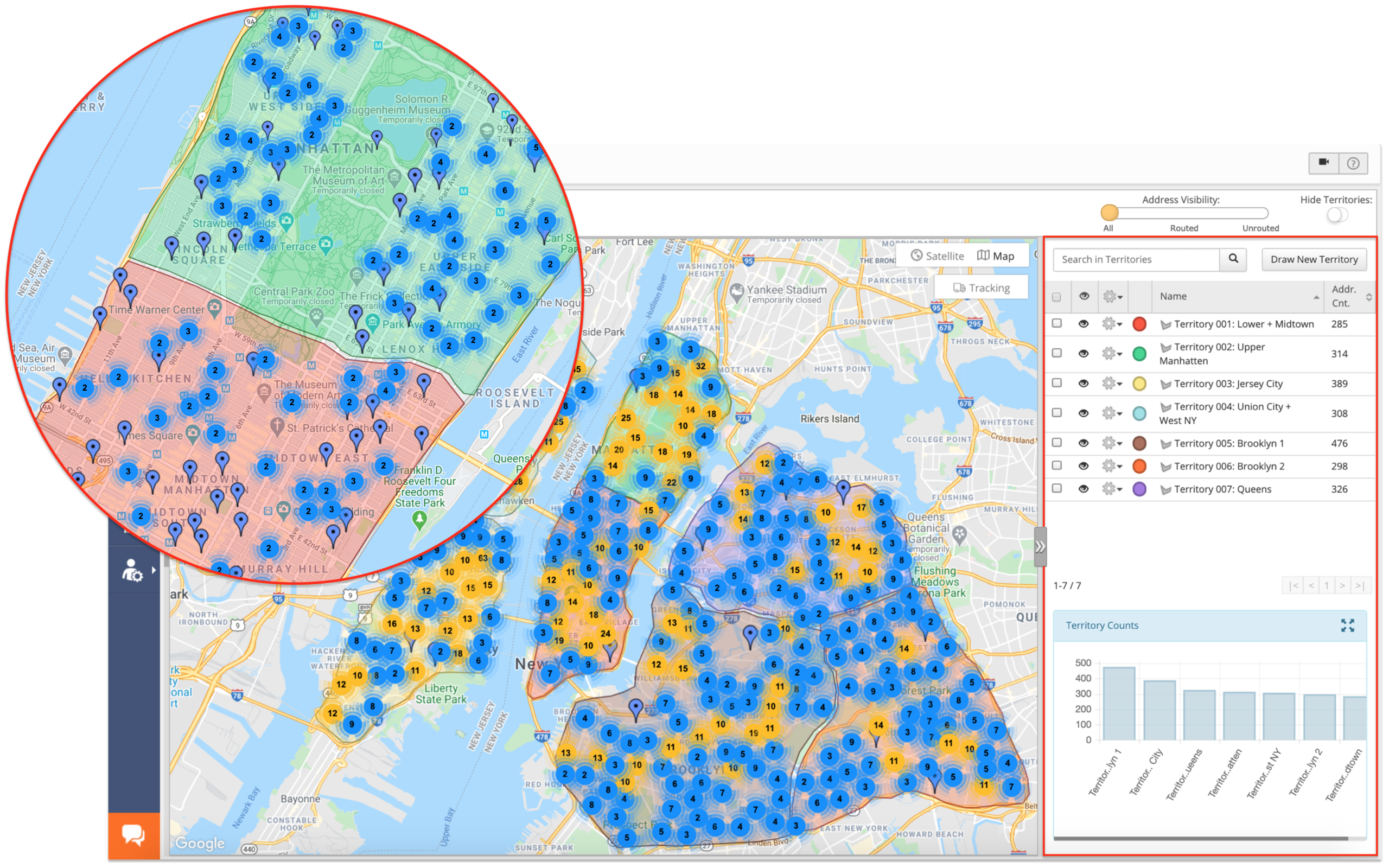
Efficiently Track Stock Keeping Units
One Direct Store Delivery Model challenge is that the manufacturer must track thousands of Stock Keeping Units. However, this number continually changes.
Route4Me’s multiple-stop route optimizer allows you to add and reconcile multiple barcodes at all route addresses. This mobile barcode reconciliation feature will help you track all delivery Stock Keeping Units without additional software or expensive barcode scanners.
You can also use the route optimization solution to track your vehicle locations (and recover missing vehicles) and onboard inventory tracking to monitor shrink or merchandise theft.
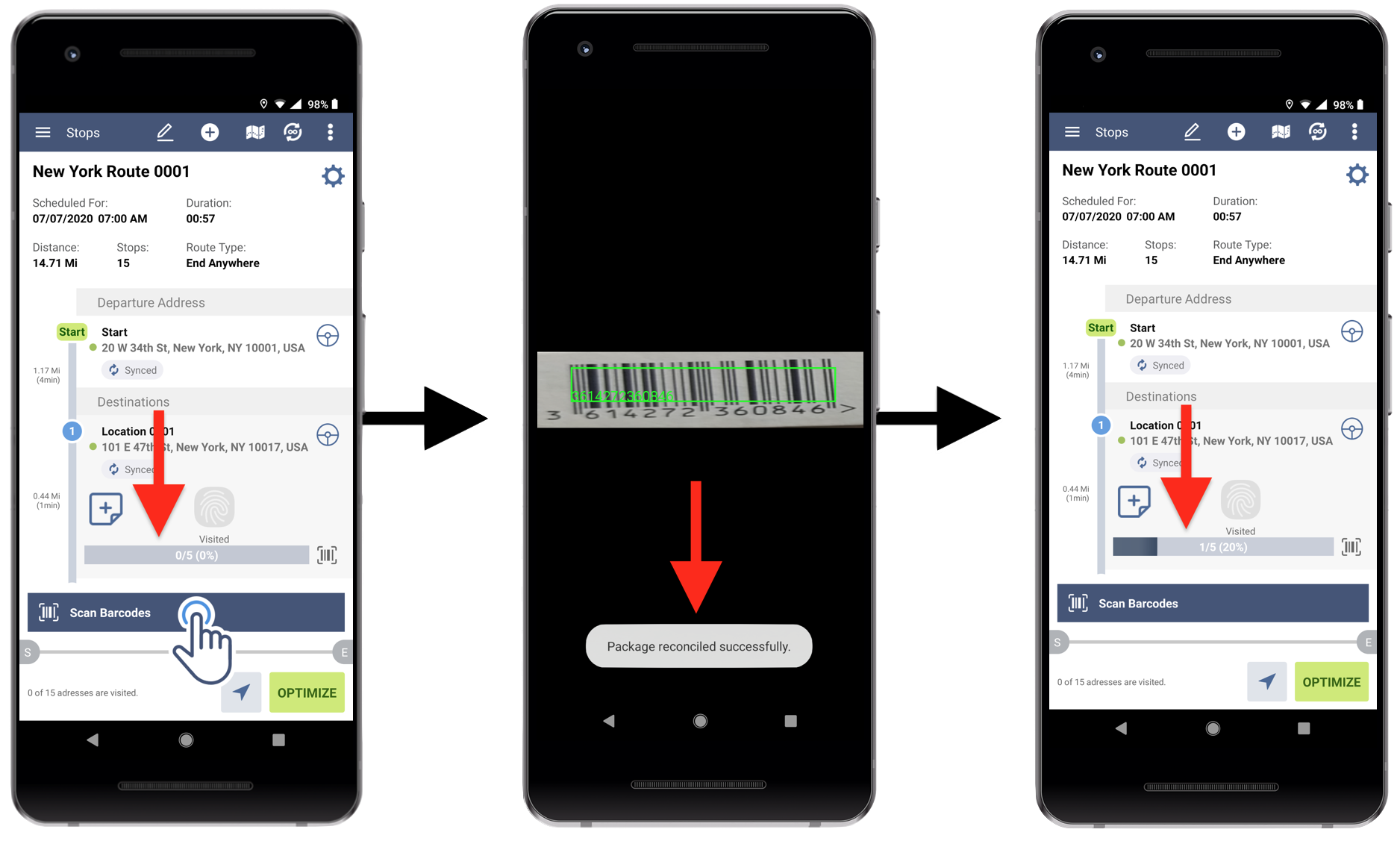
Focus on Proof of Delivery and Compliance
Different states have different regulations concerning consumer safety.
Similarly, many states demand that distributors and suppliers track their deliveries. However, this could mean you must provide proof of delivery, keep expirable receipts, and more.
To help you comply with local state regulations, you should use advanced delivery route optimization software that offers multiple solutions.
With Route4Me’s telematics integrations, you can track all your drivers and shipments in near real-time.
All data is securely stored in the cloud. You can even access your route GPS tracking data at any time.
Route4Me’s Route Manifest lets you keep all your route data in a single, easily accessible place.
In addition, your route manifest can contain order parameters, ETAs, stop types, and other important information that may be requested based on your local regulations.
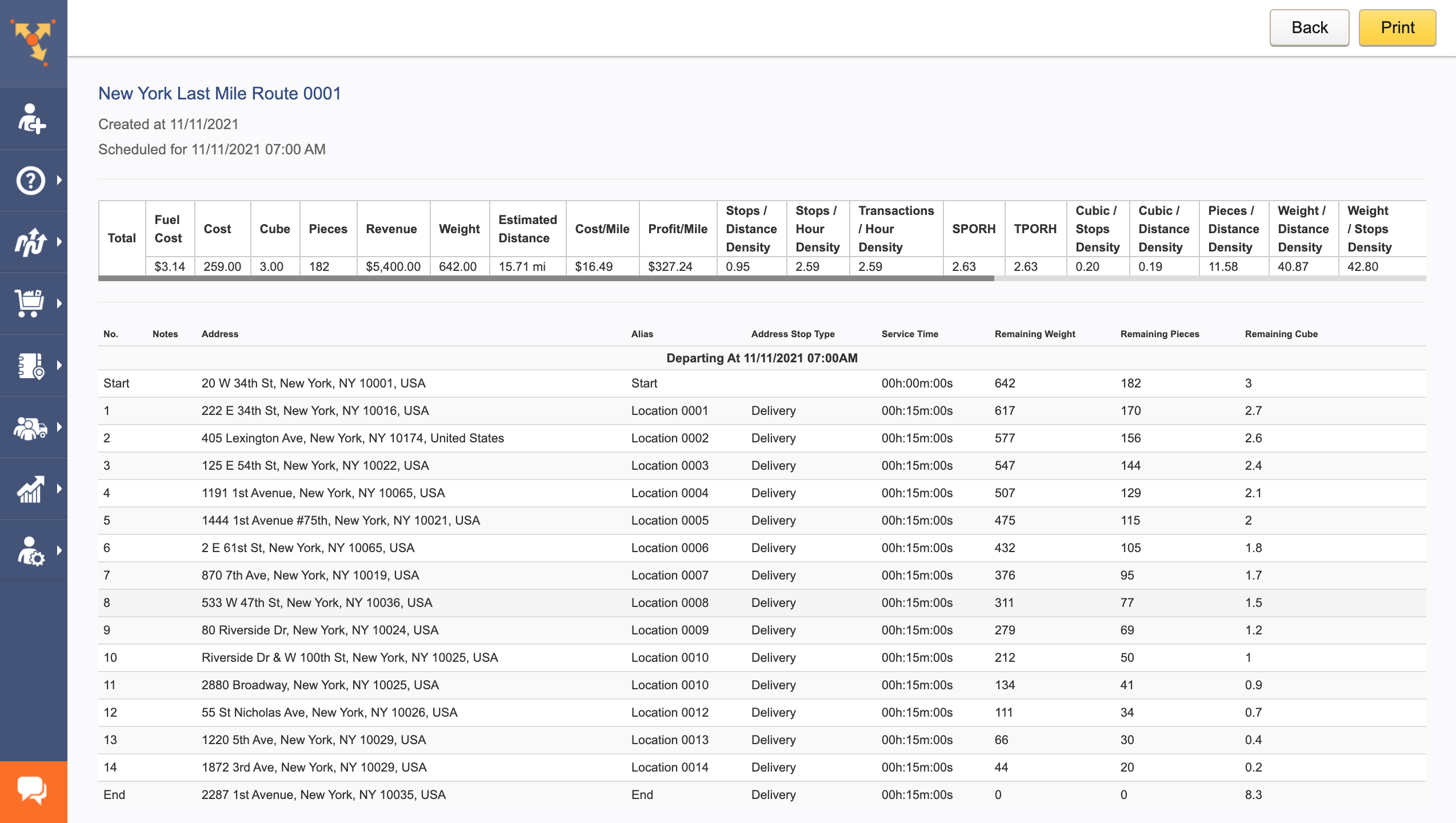
Moreover, Route4Me supports various proof of delivery features for your optimized DSD routes.
Route4Me’s iOS and Android route planner apps can collect customers’ e-signatures, photos, notes, and more.
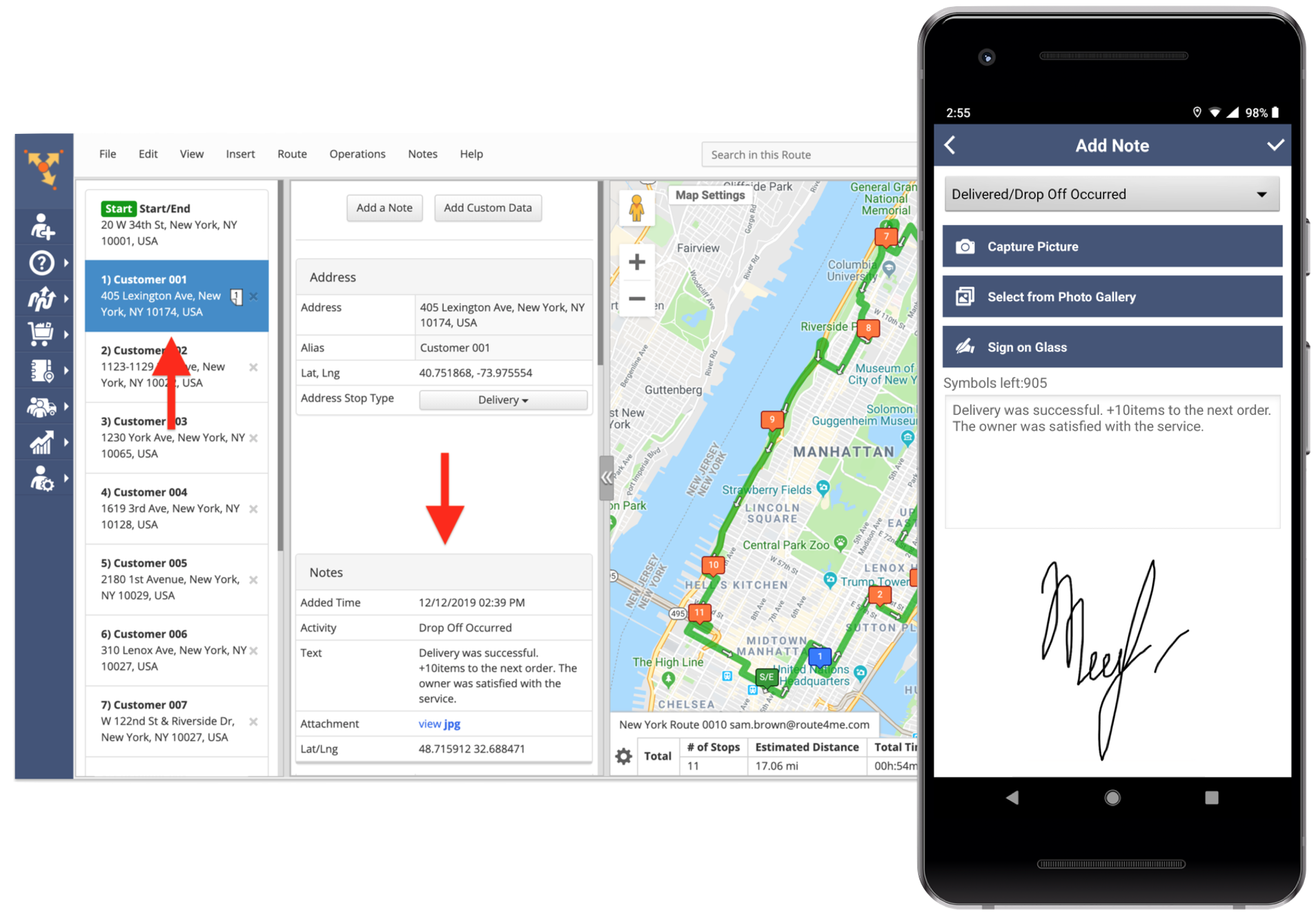
Frequently Asked Questions (FAQs) about Direct Store Delivery
What is DSD vs. warehouse?
What does DSD receiving mean?
What is the difference between direct store delivery and distribution center?
What is the opposite of Direct Store Delivery?
Final Thoughts about Direct Store Delivery
In conclusion, Direct Store Delivery, or DSD, is a highly efficient method of getting products directly from suppliers to retail shelves, bypassing retailer’s distribution centers.
This approach streamlines the supply chain, minimizes lead times, reduces handling, and ensures fresher products on store shelves. DSD is particularly beneficial for perishable goods, improving inventory management and reducing the risk of stockouts.
Moreover, it strengthens relationships between manufacturers and retailers, fostering collaboration and open communication.
By eliminating unnecessary steps in the distribution process, DSD helps businesses deliver the products consumers want when they want them, ultimately enhancing customer satisfaction and driving growth.
Long story short, as the retail landscape continues to evolve, direct store delivery trends remain a valuable strategy for those seeking a competitive edge in today’s fast-paced marketplace.
Want To See For Yourself How Route4Me Can Help Optimize Routes?

